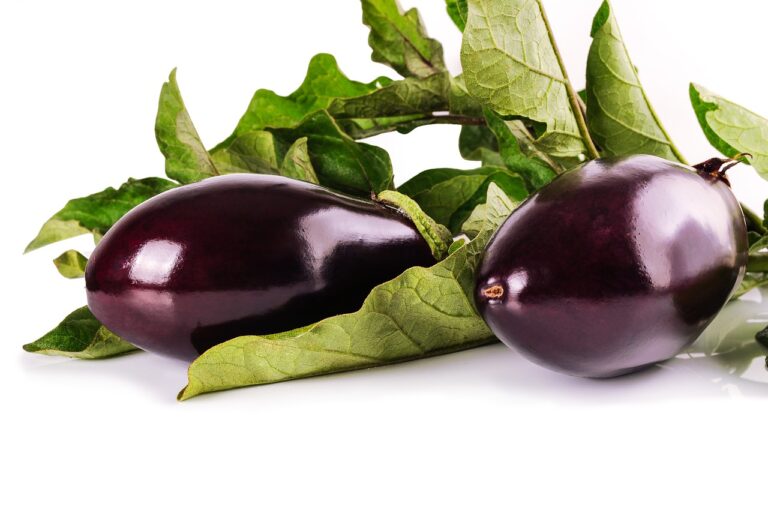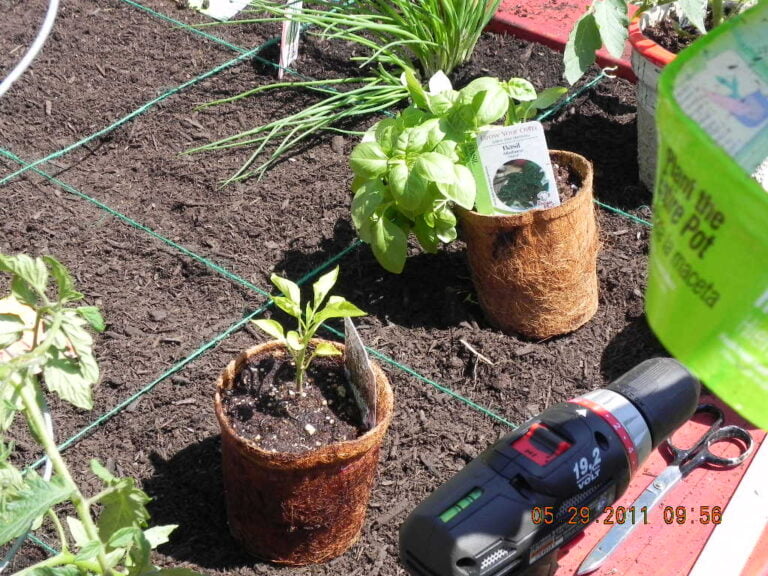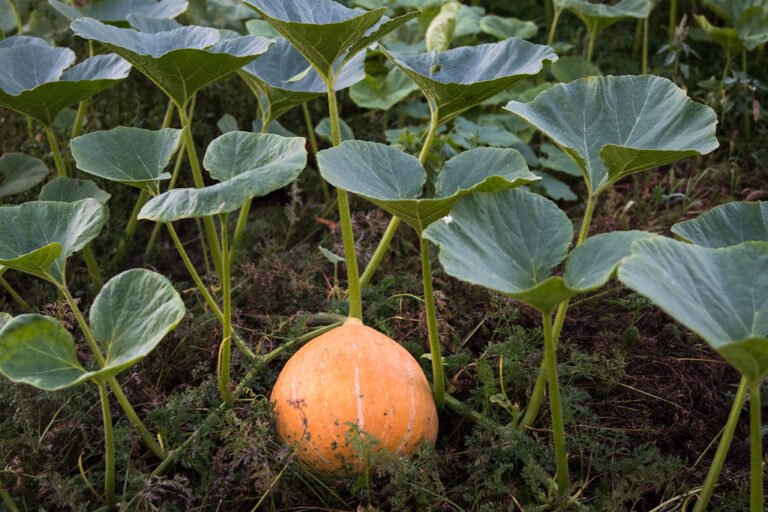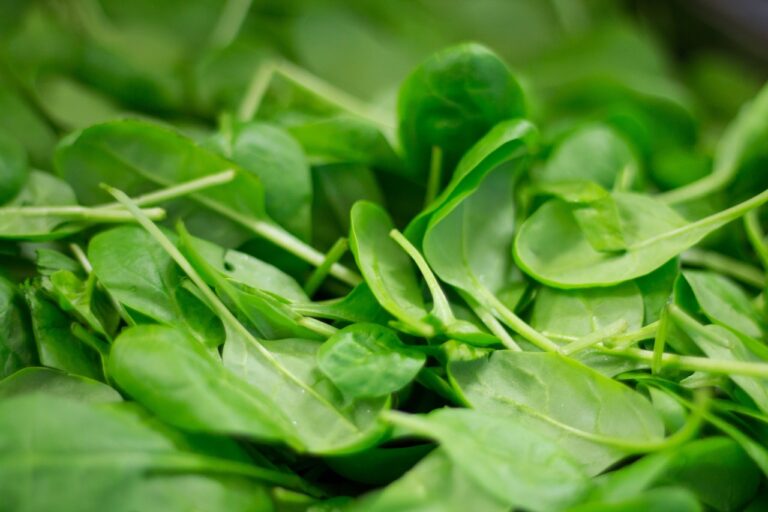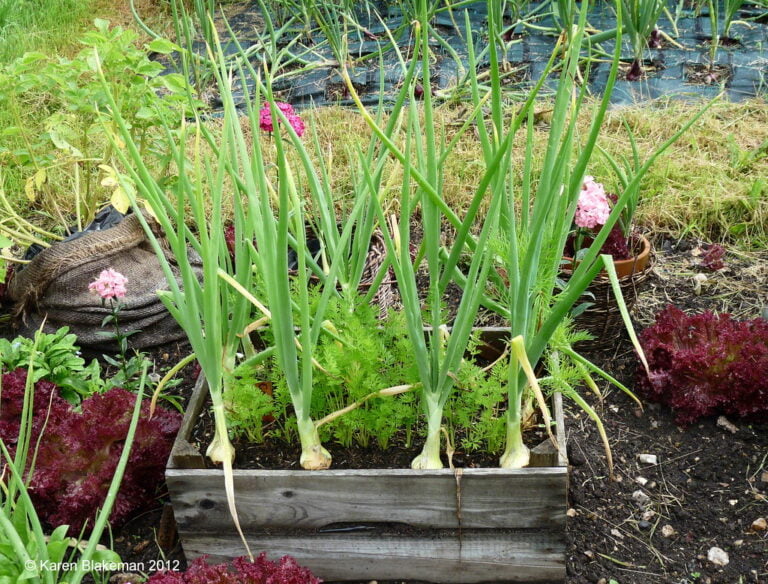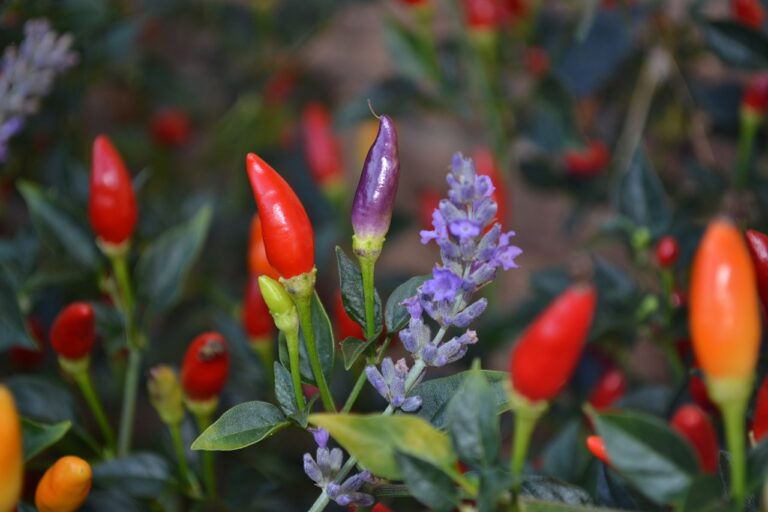Understanding the Basics of Companion Planting for Celery
Are you interested in learning how to maximize the growth and health of your celery plants? Look no further! In this article, we will guide you through the basics of companion planting for celery. Discover the importance and benefits of companion planting, find out which plants make the best companions for celery, and learn how to plan your own celery companion garden. Avoid common mistakes and maintain a balanced ecosystem with our practical tips. Let's get started!
The Importance of Companion Planting
Companion planting is an essential practice for successful celery cultivation, as it promotes pest control, nutrient optimization, and overall plant health. By strategically planting certain plants next to your celery, you can create a natural defense system against pests. For example, planting marigolds can deter harmful insects, while attracting beneficial ones like ladybugs. Additionally, companion plants can help optimize nutrient levels in the soil. For instance, planting legumes like beans or peas can fix nitrogen in the soil, providing a natural fertilizer for your celery. This not only saves you money but also ensures that your celery receives the nutrients it needs to thrive. Overall, companion planting is a practical and comprehensive approach to serving your celery plants, resulting in healthier and more abundant harvests.
Benefits of Companion Planting for Celery
When practicing companion planting for celery, you can experience numerous benefits that enhance the growth and health of your plants. One of the main advantages is pest control. By planting certain companion plants alongside your celery, you can naturally repel pests that may otherwise damage your crop. For example, planting onions or garlic near your celery can deter pests like aphids and carrot flies. Another benefit is improved soil fertility. Certain companion plants, such as legumes like beans and peas, can fix nitrogen in the soil, which is essential for the healthy growth of celery. Additionally, companion planting can enhance pollination, as certain flowers attract beneficial insects like bees and butterflies that aid in the pollination process. Overall, incorporating companion plants in your celery garden can promote a thriving and productive ecosystem.
Best Companion Plants for Celery
To maximize the growth and health of your celery plants, it is essential to know the best companion plants to grow alongside them. Companion planting can help deter pests, improve soil fertility, and increase overall yields. One of the best companion plants for celery is the onion family, including onions, garlic, and leeks. These plants repel pests like aphids and carrot flies, which are common threats to celery. Additionally, the strong aroma of onions can mask the scent of celery, making it harder for pests to locate. Other suitable companion plants for celery include tomatoes, beans, and cabbage. These plants provide shade and help retain moisture in the soil, which is beneficial for celery's growth. Remember to avoid planting celery near potatoes and corn, as they can stunt its growth.
How to Plan Your Celery Companion Planting
To effectively plan your celery companion planting, consider the specific needs and characteristics of each plant in your garden. Start by selecting plants that will benefit celery by deterring pests, enhancing soil fertility, or providing shade. For example, planting onions, leeks, or garlic alongside celery can help repel pests like aphids and carrot fly. These plants also have similar soil requirements, making them great companions. Additionally, herbs like dill, parsley, and thyme can attract beneficial insects that prey on celery pests. However, avoid planting celery near potatoes or tomatoes, as they can compete for nutrients and may be prone to similar diseases. When planning your garden, make sure to rotate your crops each year to prevent disease buildup. By considering the needs of your celery and its companions, you can create a harmonious and productive garden.
Avoiding Harmful Companion Plants for Celery
Now let's explore which plants you should avoid planting alongside celery as companions. While companion planting can be beneficial for celery, it is important to be aware of plants that may have a negative impact on its growth. Avoid planting celery next to members of the cabbage family, such as broccoli, cauliflower, and Brussels sprouts. These plants can compete for nutrients and space, stunting the growth of celery. Additionally, avoid planting celery near corn, as it can attract pests like corn earworms, which can damage celery plants. Other plants to avoid as companions for celery include potatoes and carrots, as they can affect the flavor and quality of the celery. By avoiding these harmful companion plants, you can help ensure healthy and thriving celery crops.
Companion Planting Tips for Healthy Celery Growth
For healthy celery growth, you should consider companion planting with compatible plants that can support its development and protect it from pests and diseases. Companion planting is a technique that involves planting different plants together to create a mutually beneficial environment. When it comes to celery, there are several plants that make great companions. One option is to plant celery alongside onions and leeks. These plants help repel pests such as aphids and onion flies, which can damage celery. Additionally, celery can benefit from the presence of herbs like dill and parsley. These herbs attract beneficial insects that prey on pests, keeping your celery safe. Finally, interplanting celery with carrots can also be beneficial, as carrots help break up the soil and improve drainage for the celery. By choosing the right companions, you can ensure healthy and thriving celery plants.
Success Stories of Companion Planting With Celery
Discover the benefits and achievements of companion planting with celery through these success stories. Many gardeners have found that growing celery alongside certain companion plants can improve its overall health and yield. One success story involves planting celery next to tomatoes. The celery's strong scent helps repel pests that commonly attack tomatoes, such as aphids and whiteflies. In return, the tomatoes' tall and bushy growth provides shade and protection for the celery. Another success story involves planting celery alongside onions. The onions deter pests like carrot flies and aphids, while the celery's deep root system helps break up the soil and improve drainage for the onions. These success stories showcase the power of companion planting to create a harmonious and mutually beneficial garden ecosystem.
Common Mistakes to Avoid in Celery Companion Planting
To ensure successful celery companion planting, it is important to frequently check for and avoid common mistakes. By being aware of these errors, you can ensure that your celery plants thrive and benefit from their companion plants. One common mistake to avoid is planting celery too close together. Celery requires space to grow and overcrowding can lead to stunted growth and increased susceptibility to diseases. Another mistake is planting celery near plants that require different soil conditions or watering needs. Celery prefers moist soil, so it is best to avoid planting it near plants that prefer dry conditions. Additionally, avoid planting celery near plants that attract pests that can harm celery, such as carrots and cabbage. By avoiding these common mistakes, you can maximize the benefits of companion planting for your celery crops.
Maintaining a Balanced Ecosystem With Companion Planting
One key aspect of maintaining a balanced ecosystem through companion planting is understanding the interdependence between different plants in your garden. By strategically selecting companion plants that benefit each other, you can create a harmonious environment where plants support and protect each other. For example, planting marigolds alongside your celery can help deter pests like nematodes, while attracting beneficial insects like ladybugs and bees. Additionally, planting herbs like dill and parsley near your celery can enhance its flavor and improve its growth. It's important to consider the needs and characteristics of each plant when planning your companion planting strategy. By fostering a balanced ecosystem through companion planting, you can reduce the need for pesticides or chemical fertilizers and create a healthier, more sustainable garden.
Expanding Your Knowledge on Companion Planting for Celery
To expand your knowledge on companion planting for celery, continue exploring how different plants can support and enhance the growth of your celery crop. Companion planting is a practice that involves planting different plants together to create a mutually beneficial environment. When it comes to celery, there are several plants that can be beneficial companions. For instance, planting celery alongside onions can help deter pests like aphids and onion flies. Additionally, planting celery near tomatoes can help repel nematodes, as tomatoes produce a natural chemical that inhibits their growth. Other good companions for celery include carrots, parsley, and leeks. These plants not only provide support but also help improve the flavor of celery. By incorporating companion plants into your celery garden, you can create a thriving ecosystem that promotes healthy growth and yields.
Conclusion
In conclusion, understanding the basics of companion planting for celery is essential for successful gardening. By planting celery alongside compatible plants, you can improve the health and productivity of your garden. Avoiding harmful companion plants and learning from success stories can further enhance your gardening experience. Remember to avoid common mistakes and maintain a balanced ecosystem. Expanding your knowledge on companion planting for celery will help you create a thriving garden filled with healthy and delicious celery.

